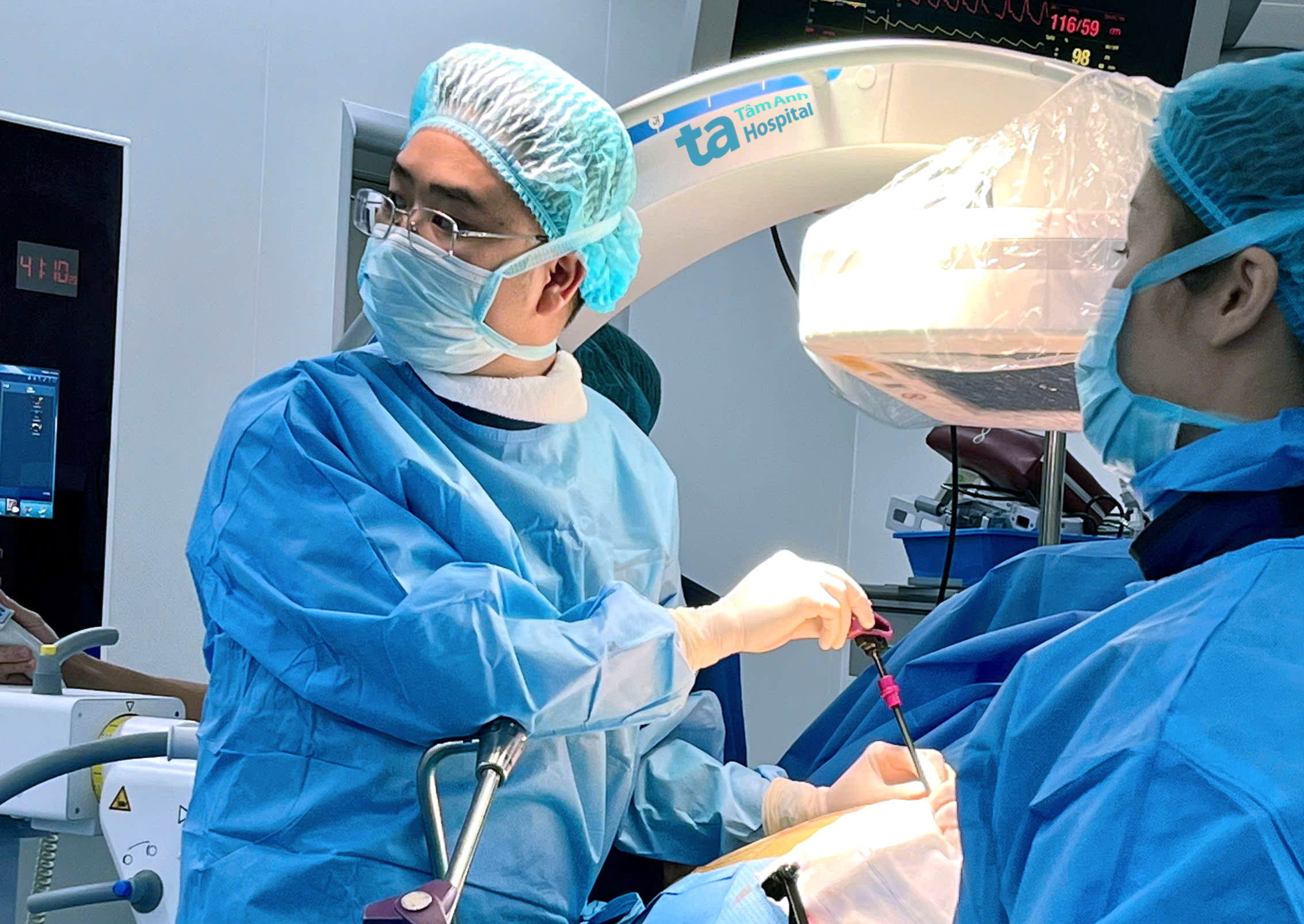Answer:
The spine is made up of multiple vertebrae stacked on top of each other like bricks. A forceful fall, especially landing on your buttocks, can transmit the impact through the pelvis to the spine, causing a vertebra to crack and collapse, resulting in a compression fracture. People with osteoporosis, like yourself, have bones that become porous and weaker over time. These weakened vertebrae are less able to support the spine, increasing the risk of compression fractures.
Compression fractures often lead to a decrease in height, sudden back pain that worsens when standing or walking but improves with rest, and limited spinal mobility. Diagnosis typically involves X-rays to reveal reduced vertebral height, CT scans to assess the degree of collapse or fragmentation, and MRIs to determine the extent of bone marrow edema, spinal cord or nerve root compression, ligament damage, or other associated injuries like herniated discs.
For minor, stable compression fractures, conservative treatment may be sufficient. This involves bed rest, wearing a back brace, and taking pain relievers, nonsteroidal anti-inflammatory drugs (NSAIDs), muscle relaxants, osteoporosis medication, and bone resorption inhibitors. However, this approach can sometimes worsen the fracture due to progressive bone loss, muscle weakness, and complications from prolonged bed rest, especially in older adults. These complications can include pressure sores, pneumonia, and blood clots.
For moderate to severe, unstable compression fractures, vertebroplasty is often recommended. This minimally invasive procedure involves injecting biocompatible cement through a small needle into the fractured vertebra. The cement hardens quickly, stabilizing the bone and preventing further collapse. Patients typically experience significant pain relief due to fracture stabilization and can often start rolling over, sitting up, standing, and walking the same day.
Current vertebroplasty techniques often utilize advanced technologies like C-arm fluoroscopy with image intensification, which enhances surgical precision and safety. If your doctor has recommended vertebroplasty, it's generally advisable not to delay the procedure. Earlier intervention usually leads to better treatment outcomes and faster recovery. Delaying treatment can result in further vertebral collapse and deformity, making vertebroplasty less effective for pain relief and increasing the risk of complications like cement leakage and nerve compression.
 |
Vertebroplasty for a patient with a compression fracture using a C-arm and an image intensifier. Photo: *Tam Anh General Hospital* |
To prevent compression fractures, maintaining strong bones through a healthy diet, regular exercise, and lifestyle choices is crucial. This includes avoiding smoking, excessive alcohol consumption, and prolonged use of corticosteroid medications.
Older adults, especially postmenopausal women, should undergo osteoporosis screening for early detection and treatment. Taking precautions to prevent falls, avoiding heavy lifting, and refraining from excessive bending are also important. Individuals with severe osteoporosis should even be cautious when coughing or sneezing, as these actions can sometimes cause compression fractures.
MSc. Dr. Nguyen Ba Ba
Department of Orthopedic Trauma
Tam Anh General Hospital Hanoi
| Readers can submit questions about musculoskeletal diseases here for doctors to answer. |












